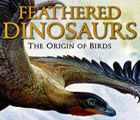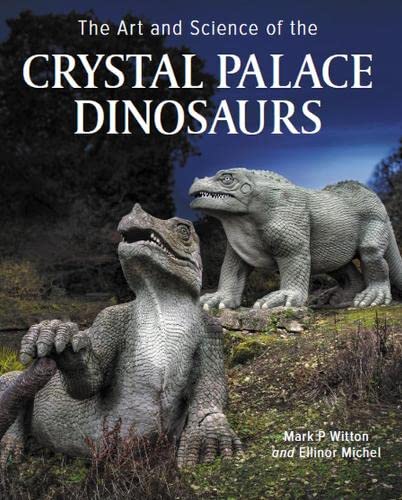Tarascosaurus salluvicus
Tarascosaurus is represented by a one-bone holotype, a two-bone paratype and a referred fourth bone, found by a mystery collector in Southern France: a hot spot for high-flying jet-setters.
Tarascosaurus is a bit of a high flyer itself, possibly, in being the first known abelisaurid from the Northern Hemisphere. But most palaeontologists have given it the brush-off because of the fragmentary nature and poor quality of its remains.
The French, however, embraced it with a kiss where each cheek might have been, probably because it's from France, and lack of evidence didn't stop them from building a life-size model and sticking it in the Dinosauria museum in Esperaza. The fact that no one knows how life-size Tarascosaurus was or how it looked, or even if its bones actually belonged to an already known dinosaur or several dinosaurs are trivial details. Viva la liberté de créer!
The French, however, embraced it with a kiss where each cheek might have been, probably because it's from France, and lack of evidence didn't stop them from building a life-size model and sticking it in the Dinosauria museum in Esperaza. The fact that no one knows how life-size Tarascosaurus was or how it looked, or even if its bones actually belonged to an already known dinosaur or several dinosaurs are trivial details. Viva la liberté de créer!
(Tarasque Lizard of the Salluvians)Etymology
Tarascosaurus is derived from "la tarasque" (a river monster that terrorized Tarascon in Provence until it was tamed by St. Marthe) and the Greek "sauros" (lizard).
The species epithet, salluvicus, is named to honour the Salluvians (Latin: "Salluvii"), a Gallic people from the environs of Marseilles.
Discovery
The fossils of Tarascosaurus were discovered in the Lambeau de Beausset escarpment, Bouches-du-Rhône, Provence-Alpes-Côte d'Azur, France, by an unknown collector in no one knows when.
The holotype (PSL 330201) is a partial left thigh. Two fragments of terribly preserved back vertebrae (PSL 330202), possibly from the same individual, represent the paratype, and an even worse tail vertebra (330203) rounds off referred material. All specimens currently reside in the Faculte des Sciences de Lyon collections. Le Loeuff and Buffetaut assigned a pair of thighbones from Laño quarry in Spain to Tarascosaurus in 1991. However, they're too robust to belong here, so Pereda-Suberbiola referred them to Neoceratosauria indet. in 1999.















